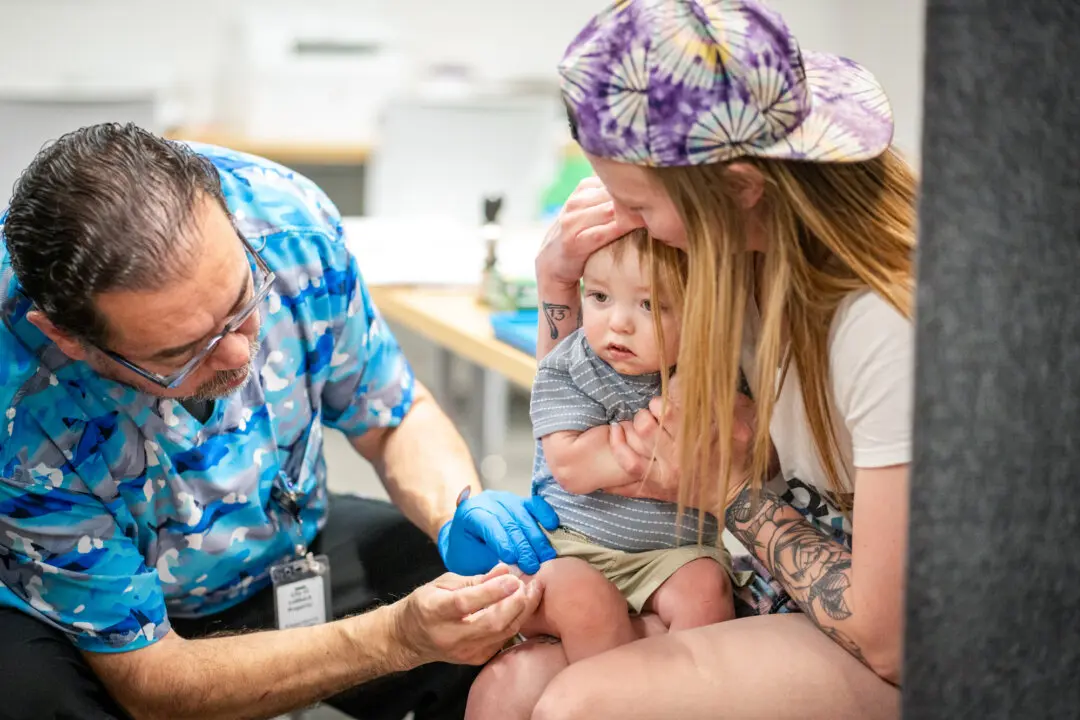Commentary
The defenestration of Harvard’s Claudine Gay, a champion of “Diversity, Equity, and Inclusion,” has kicked off a debate over what DEI really means. One side says it means simple fairness and decency. The other side says it is a stalking horse for another form of invidious discrimination, segregation, and political propaganda.





